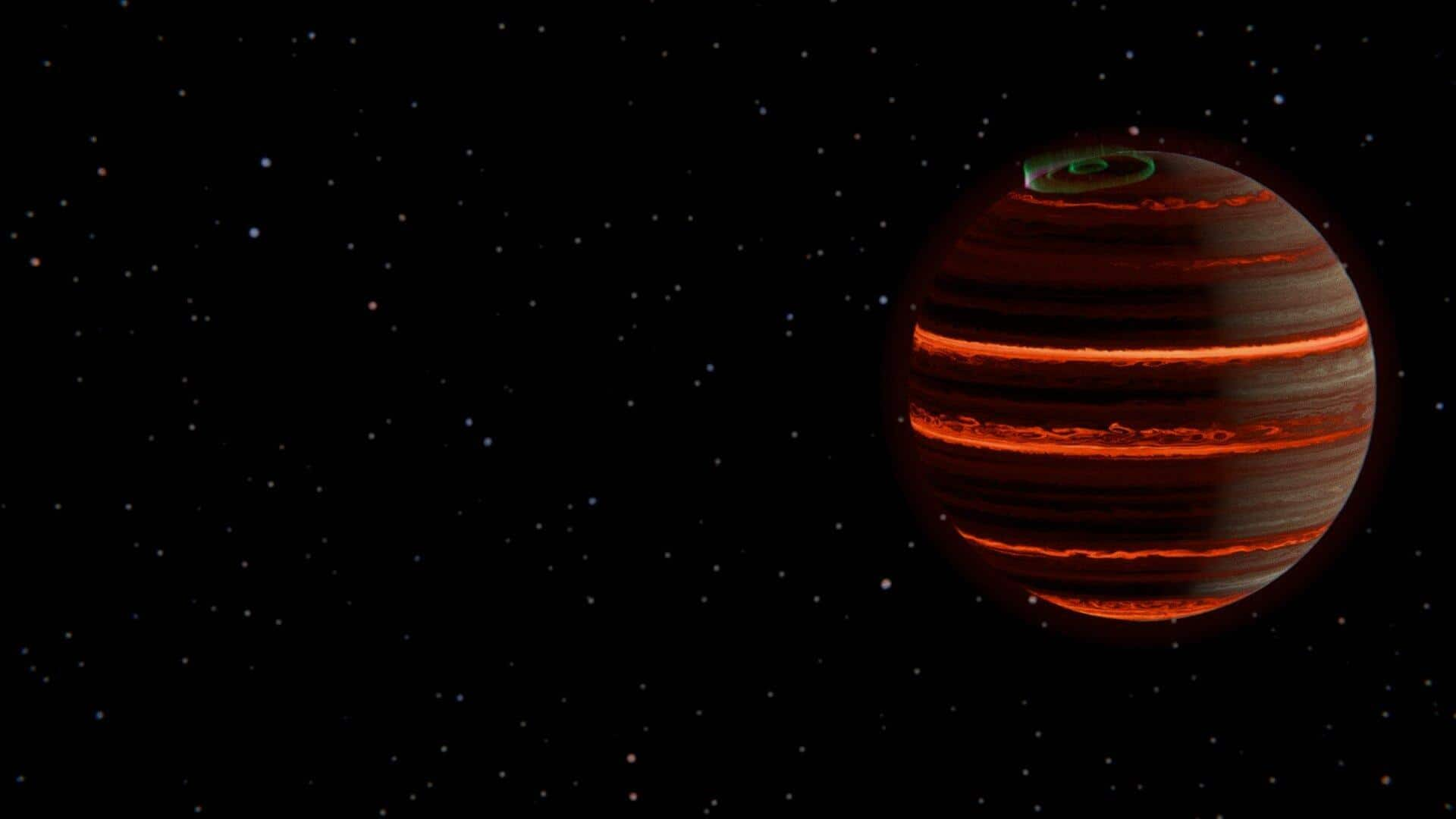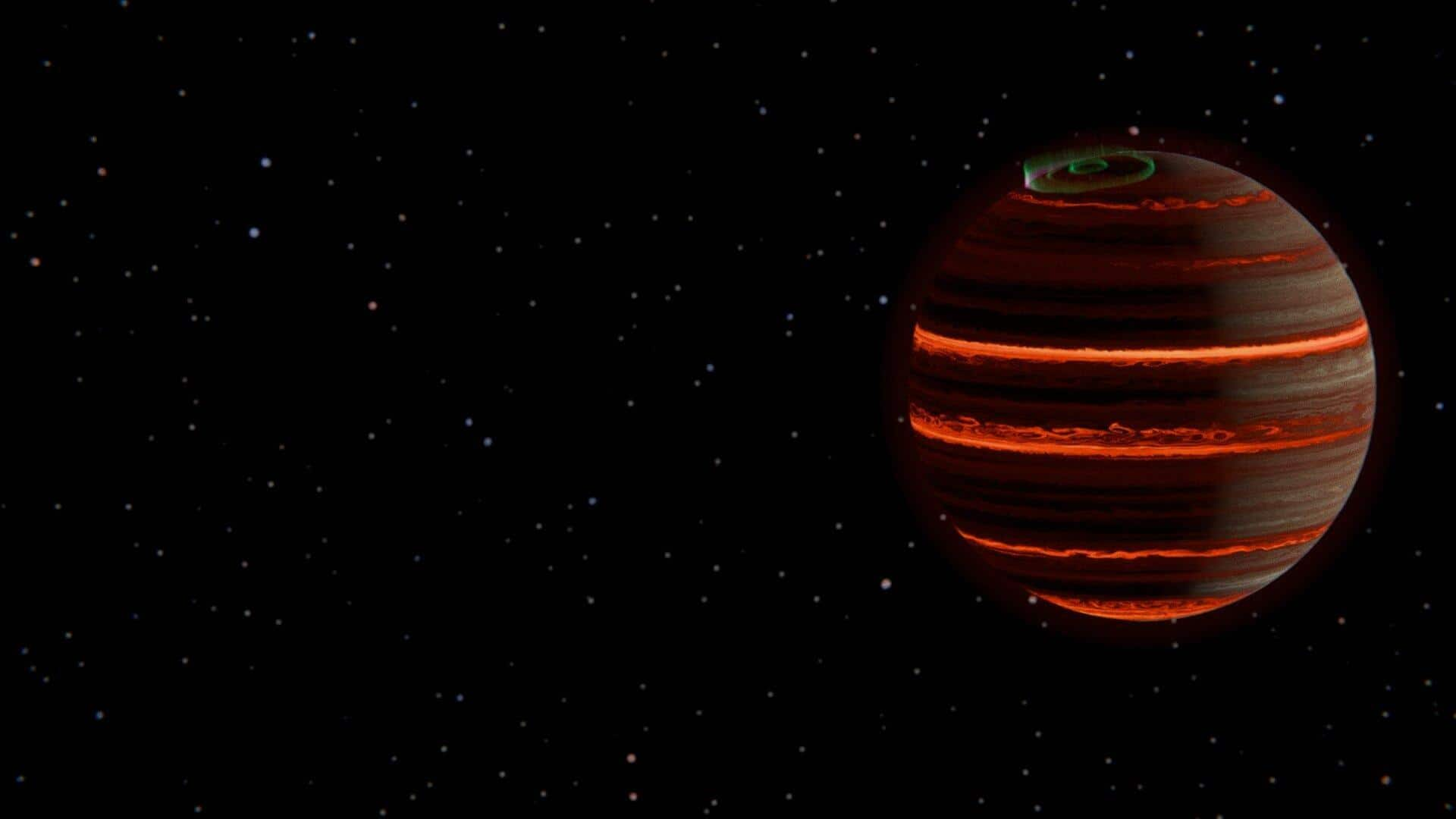**‘Rogue’ Planet Exhibits Auroral Activity Similar to Northern Lights**
*By Dwaipayan Roy | Sep 27, 2025, 04:01 PM*
Astronomers from Trinity College Dublin have made a groundbreaking discovery observing auroral activity on a rogue planet named SIMP-0136, resembling Earth’s Northern Lights. This pioneering observation was achieved using the advanced instruments of the NASA/ESA/CSA James Webb Space Telescope. The research findings have been published in the journal *Astronomy & Astrophysics*.
**What Are Rogue Planets?**
Rogue planets are celestial bodies that do not orbit any star but instead drift through space independently. SIMP-0136 is one such planet, and studying its atmosphere opens new avenues for understanding planetary weather beyond our solar system.
**Advanced Atmospheric Analysis with James Webb Space Telescope**
Utilizing the cutting-edge technology aboard the James Webb Space Telescope, the astronomers detected subtle variations in SIMP-0136’s brightness as it rotated. These minute changes allowed the team to monitor fluctuations in temperature, cloud cover, and chemical composition across the planet.
Dr. Evert Nasedkin from Trinity College Dublin’s School of Physics highlighted, “These are some of the most precise measurements of the atmosphere of any extra-solar object to date.”
**Temperature Fluctuations and Storm Activity**
The observations revealed that the planet’s temperature changes were less than 5°C. These slight fluctuations correlated with changes in the planet’s chemical makeup, indicating storm activity comparable to Jupiter’s famous Great Red Spot.
Dr. Nasedkin further explained, “The precise observations we made meant we could accurately record temperature changes smaller than 5°C.”
**Cloud Coverage on SIMP-0136**
Unlike Earth, where cloud cover varies frequently and impacts the atmosphere, SIMP-0136’s cloud coverage remained constant across its surface. The clouds on this planet are not water-based like Earth’s but are composed of silicate grains—similar to beach sand—due to the planet’s high temperatures.
This discovery is part of the inaugural publication by the new “Exo-Aimsir” research group led by Professor Johanna Vos at Trinity College Dublin.
**Unveiling Atmospheric Features Through Cutting-Edge Models**
The team’s advanced analysis revealed that different wavelengths of light correspond to distinct atmospheric features. Dr. Nasedkin stated, “By using cutting-edge models, we could infer the temperature of the atmosphere, the chemical composition, and the position of clouds.”
Professor Vos added that their work is exciting as it demonstrates how state-of-the-art modeling techniques can enhance our understanding of weather processes on exoplanets beyond our solar system.
—
This remarkable study of SIMP-0136 not only unveils the complex atmospheric dynamics of a rogue planet but also paves the way for future explorations into the weather phenomena of distant worlds.
https://www.newsbytesapp.com/news/science/astronomers-observe-auroras-on-rogue-planet-simp-0136-using-webb-telescope/story


